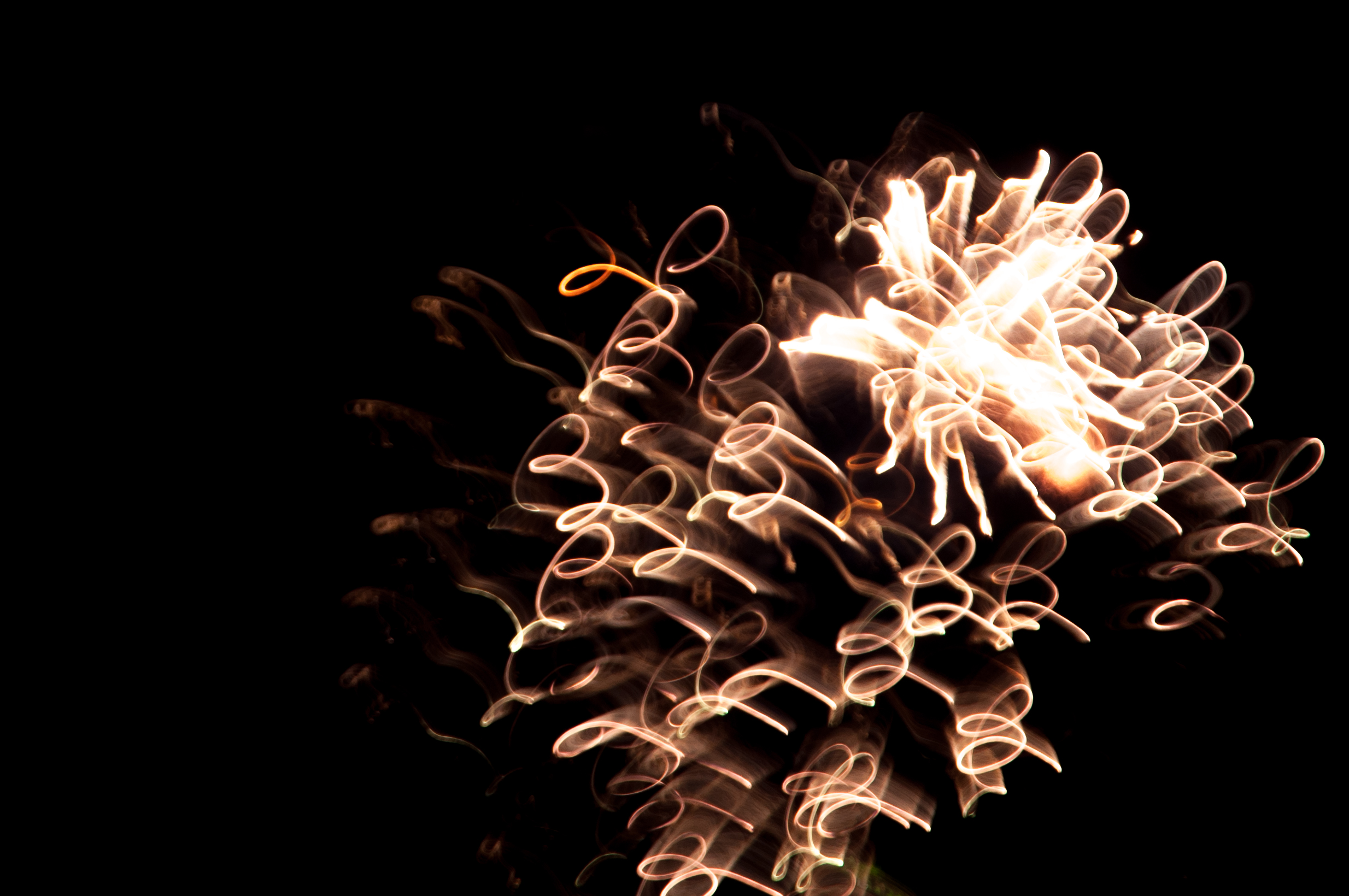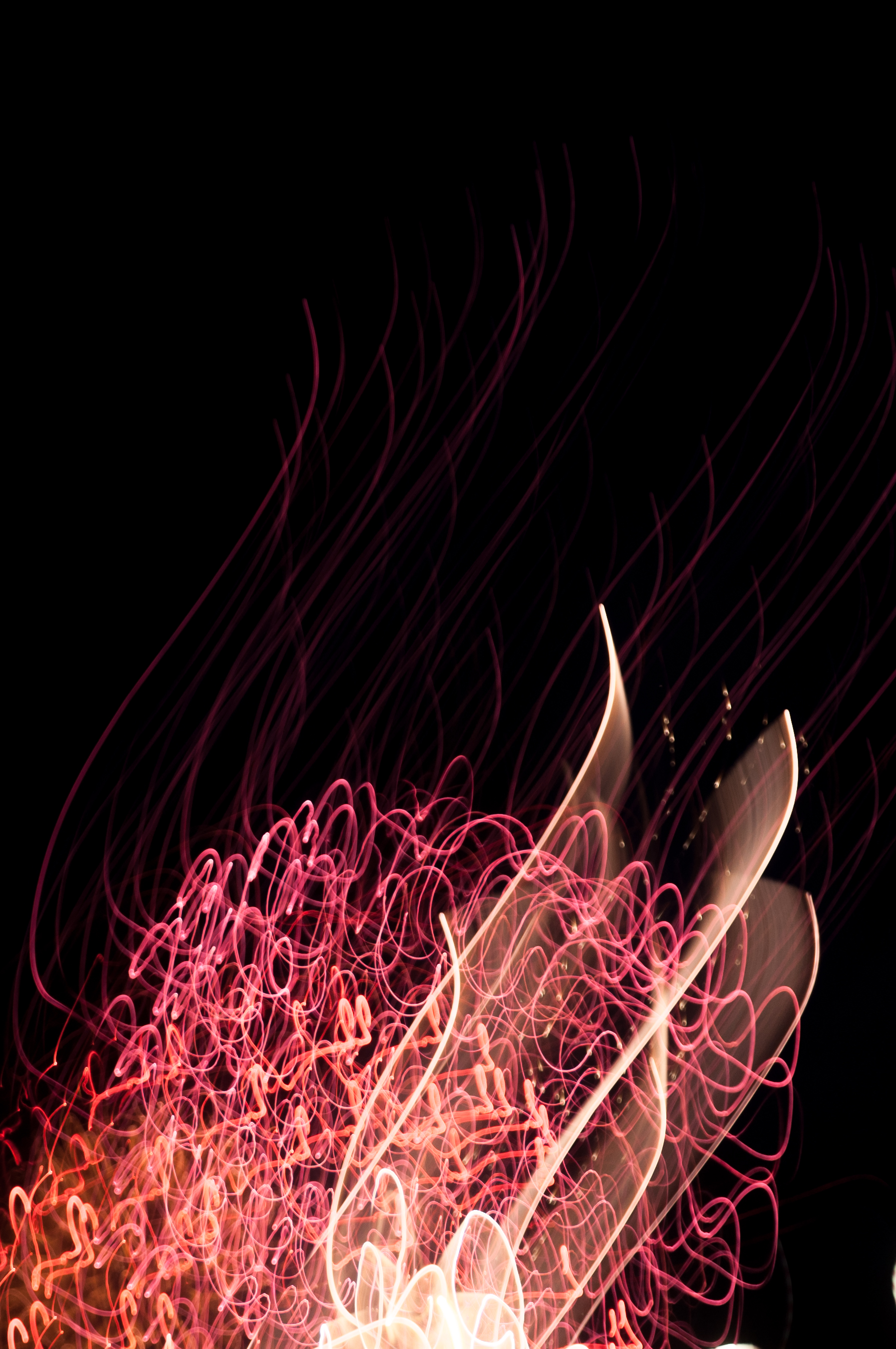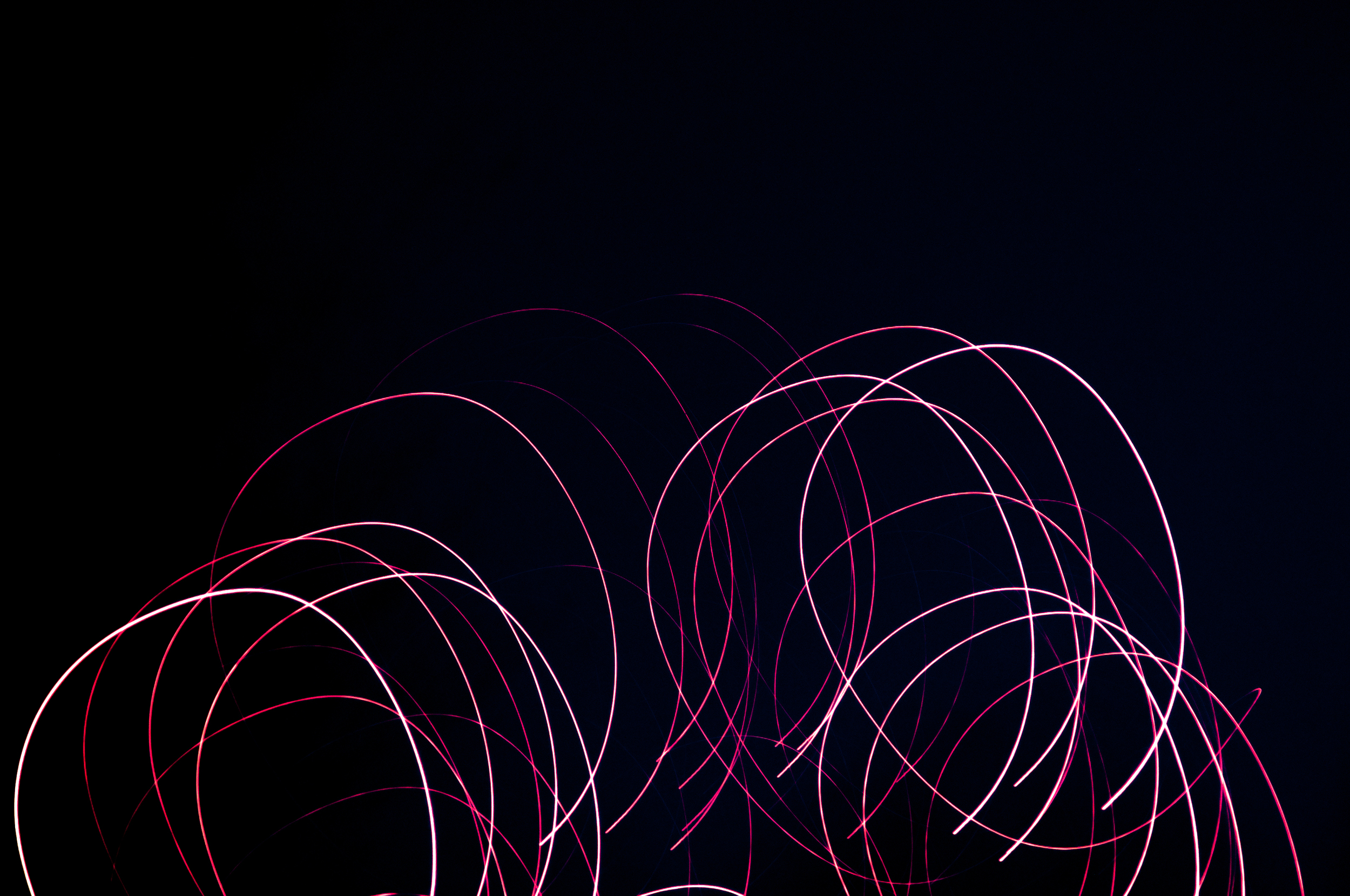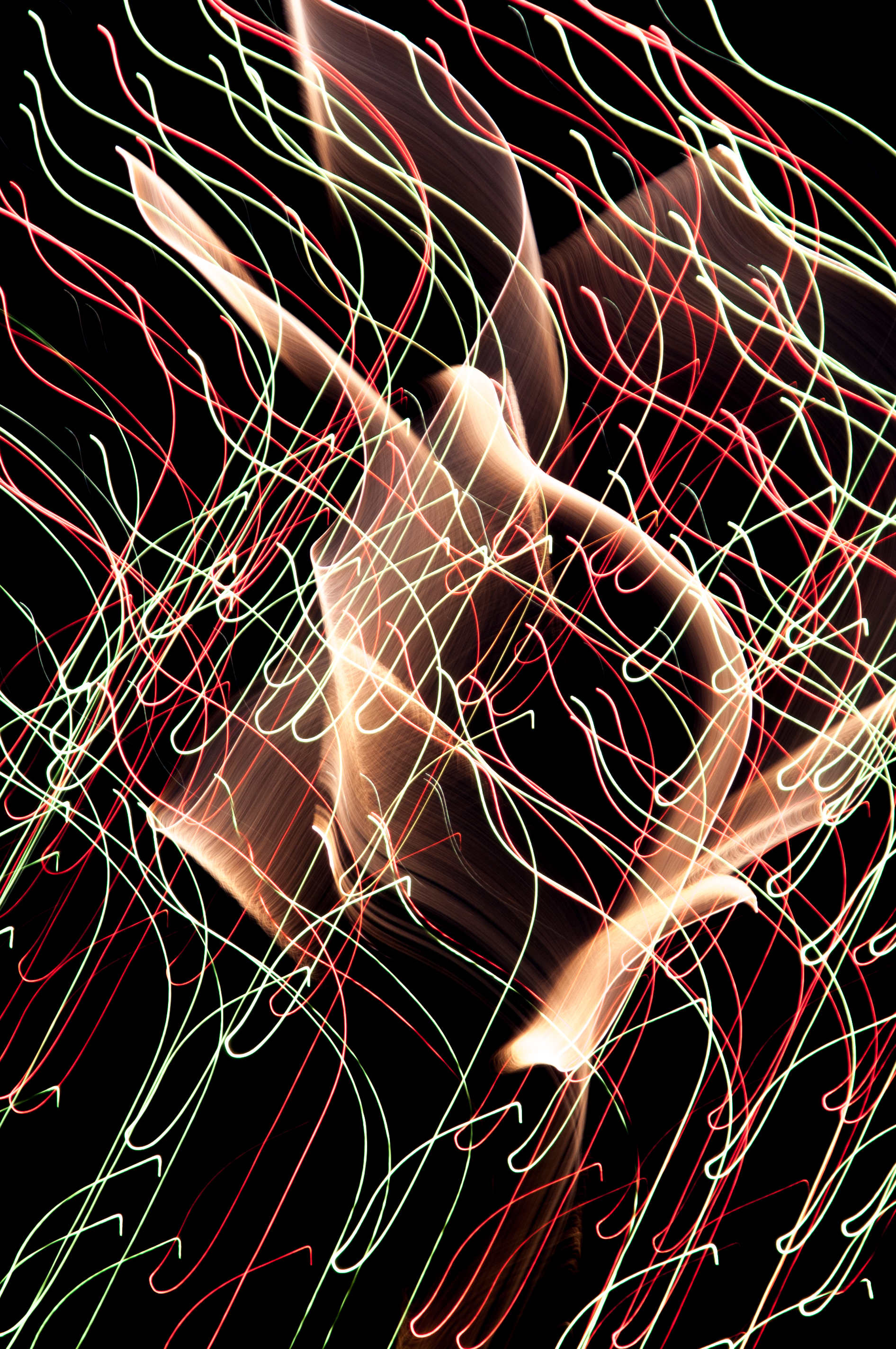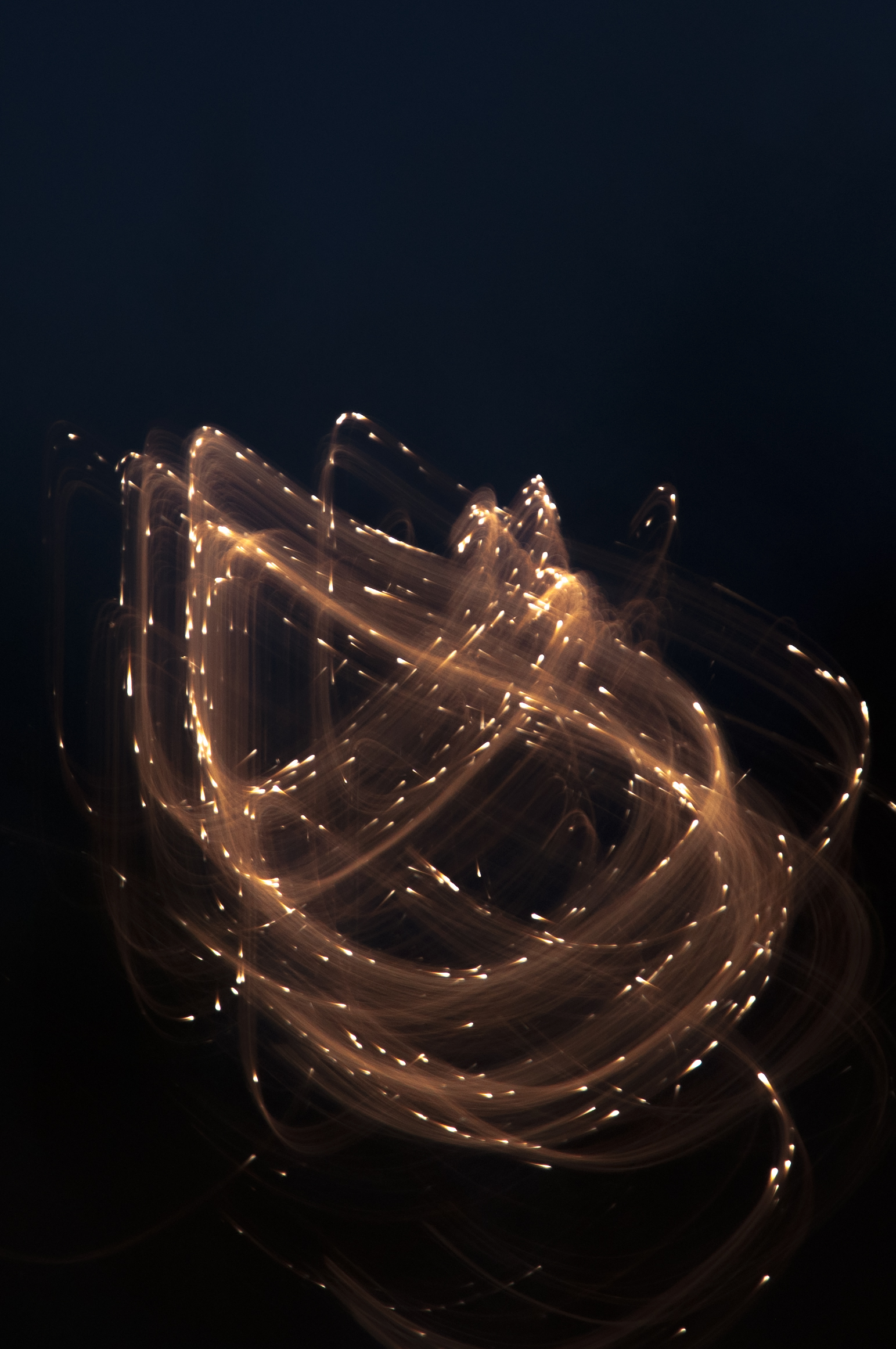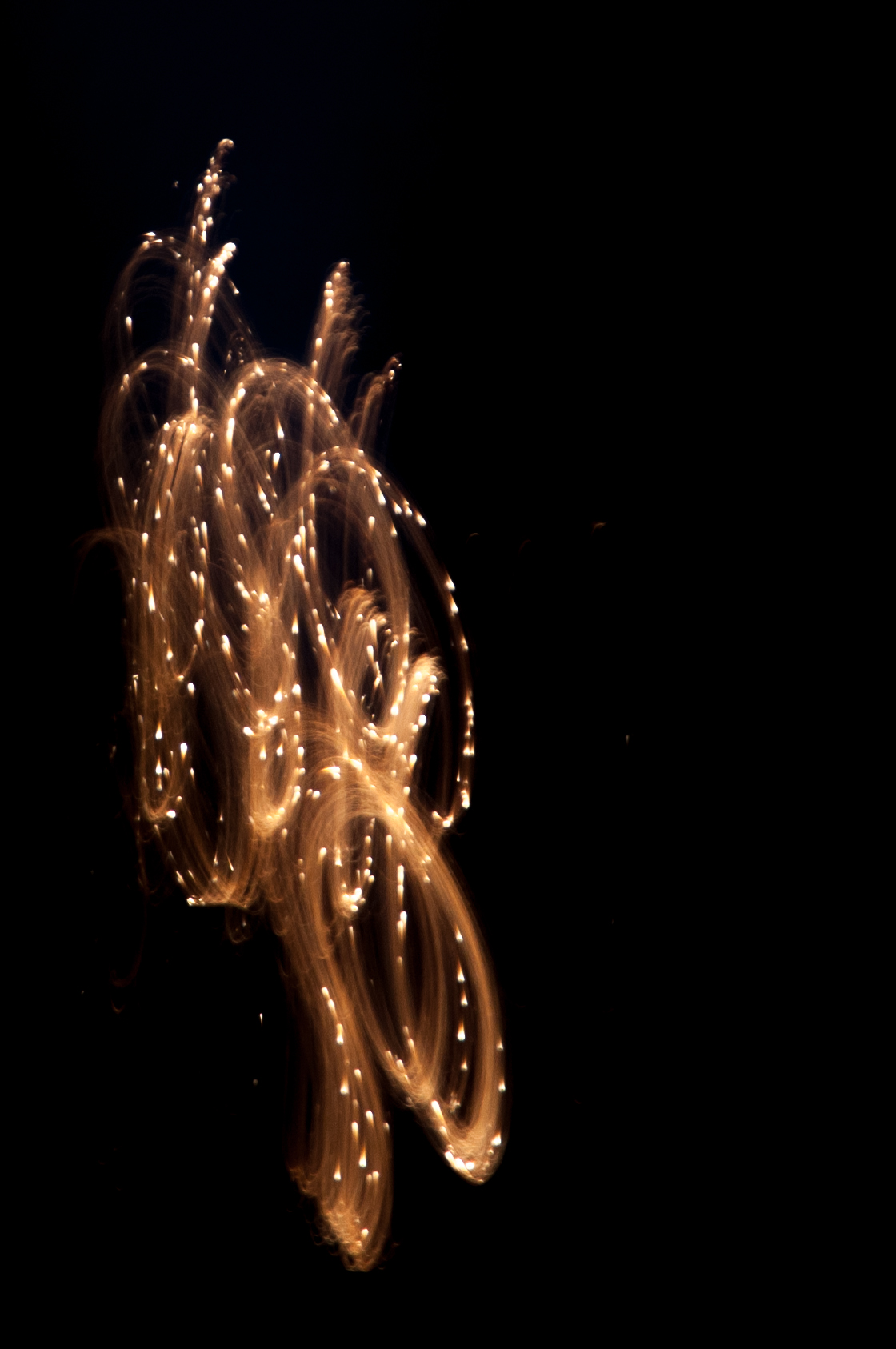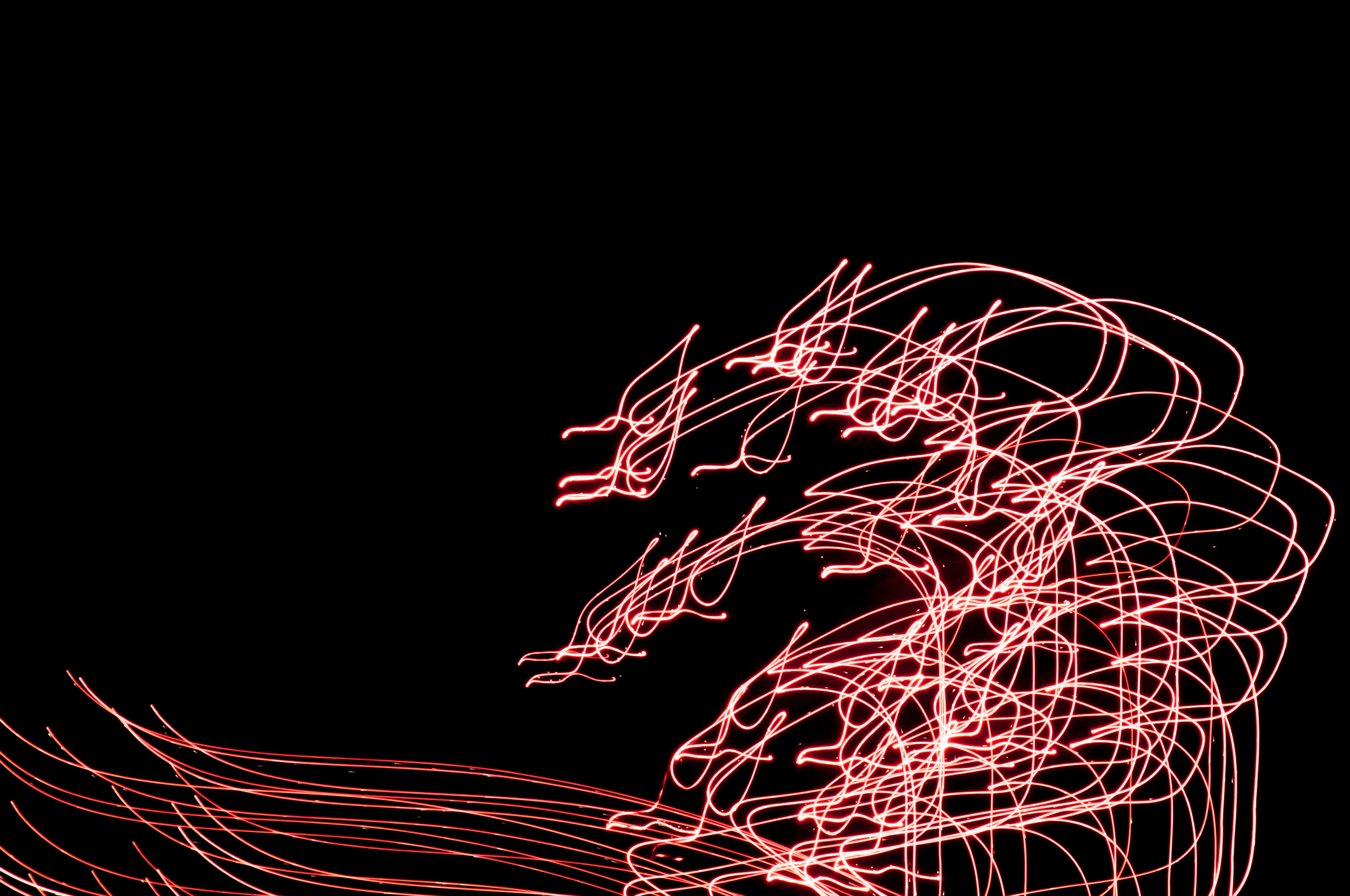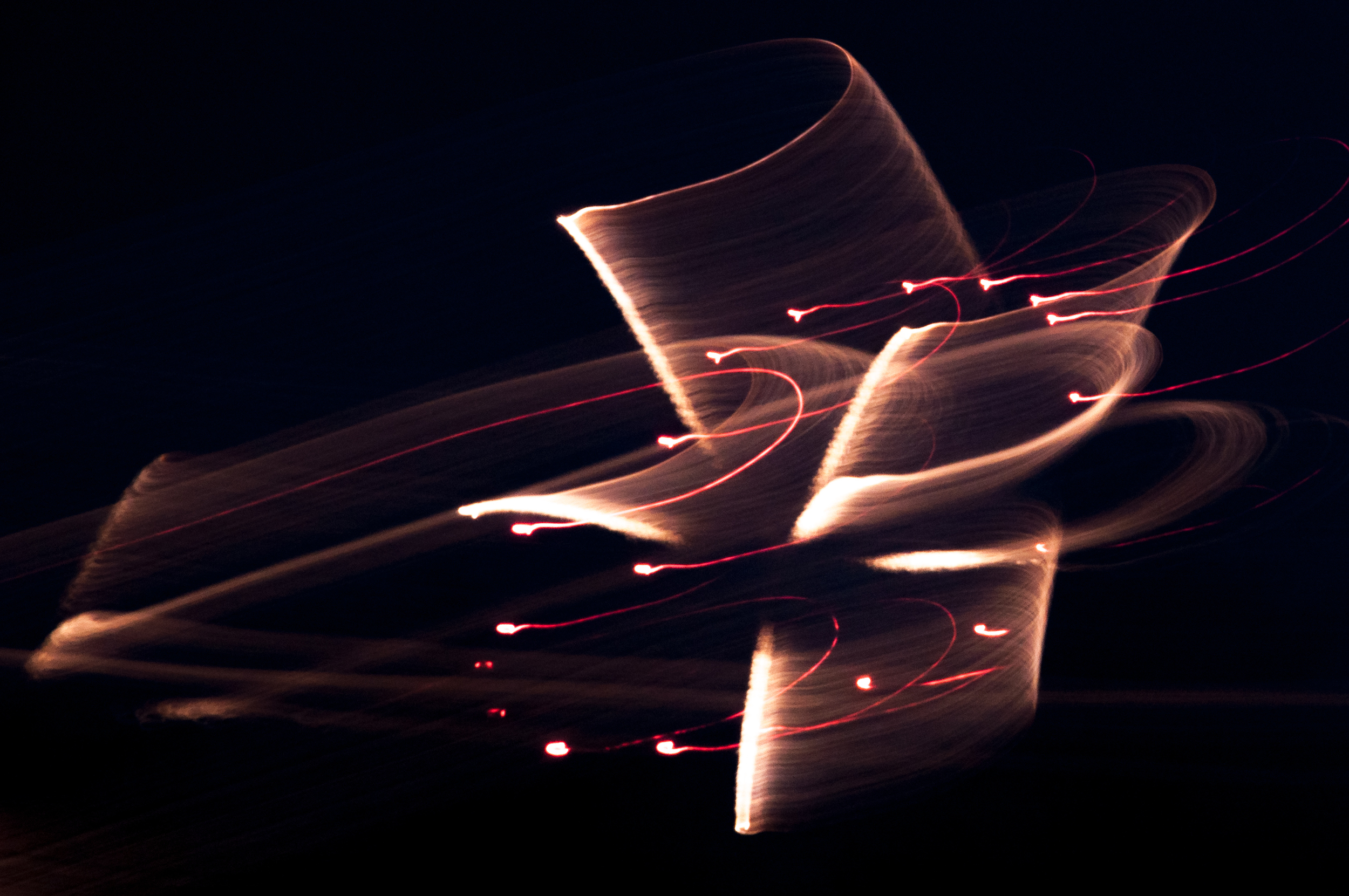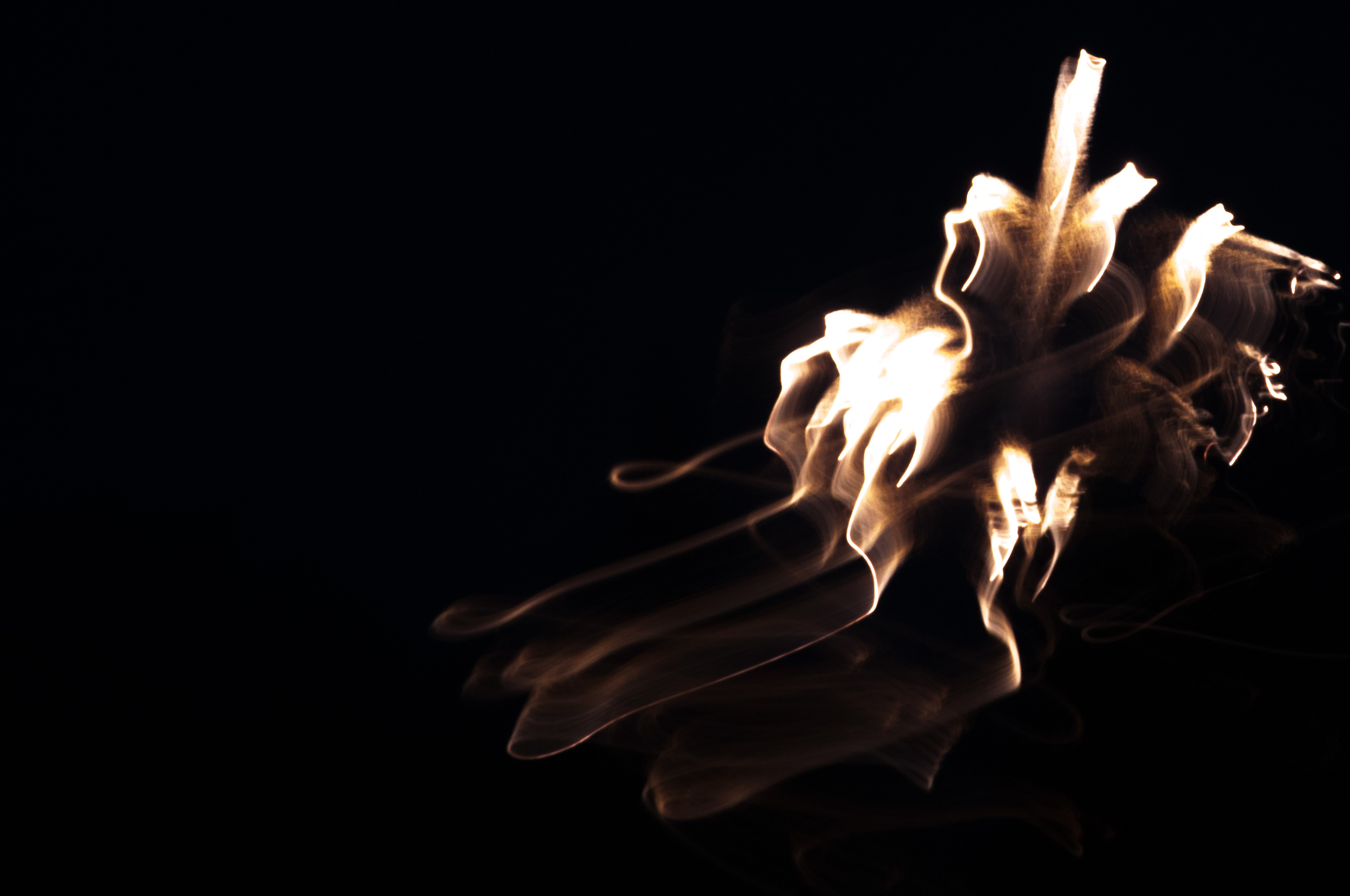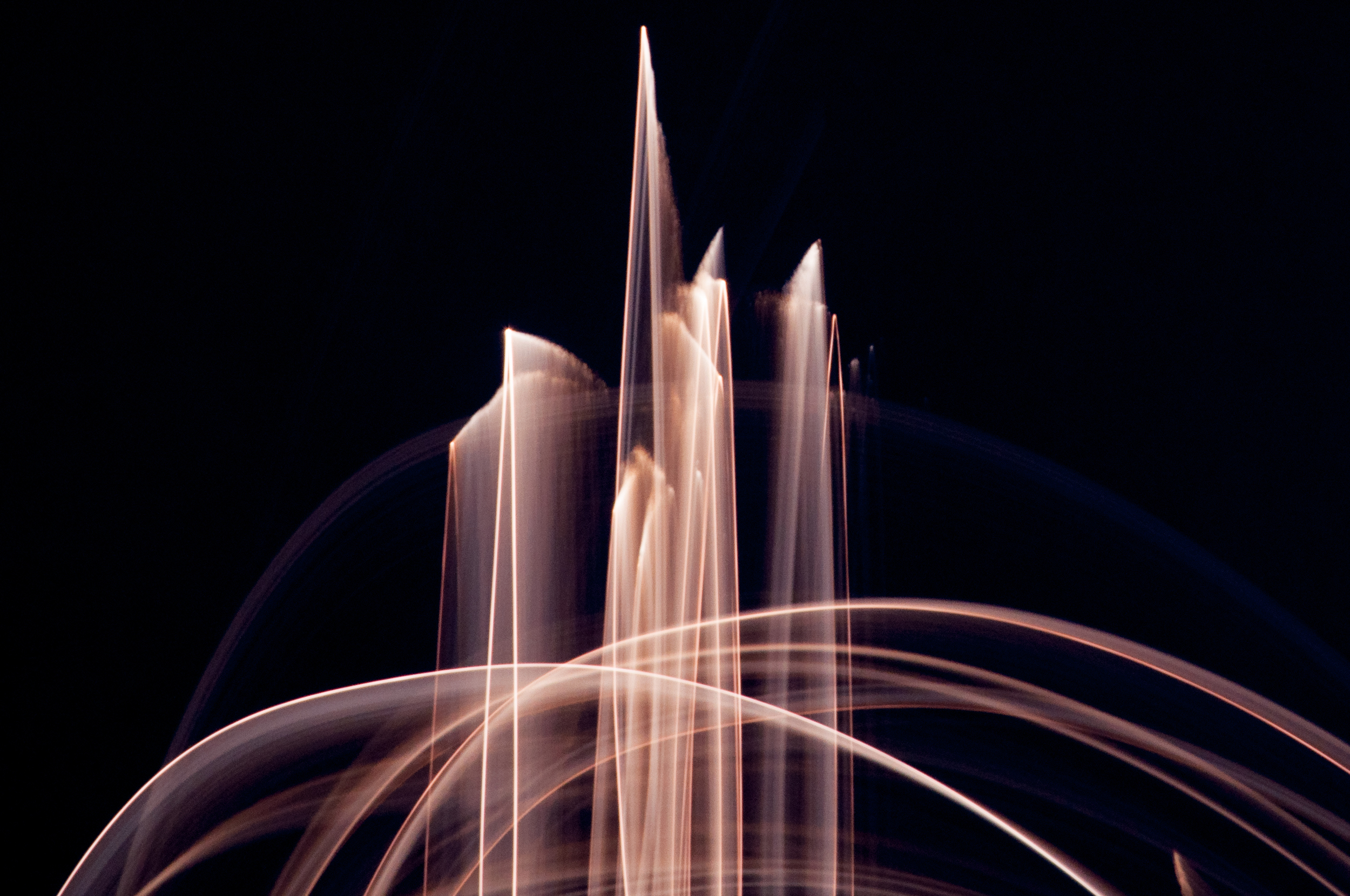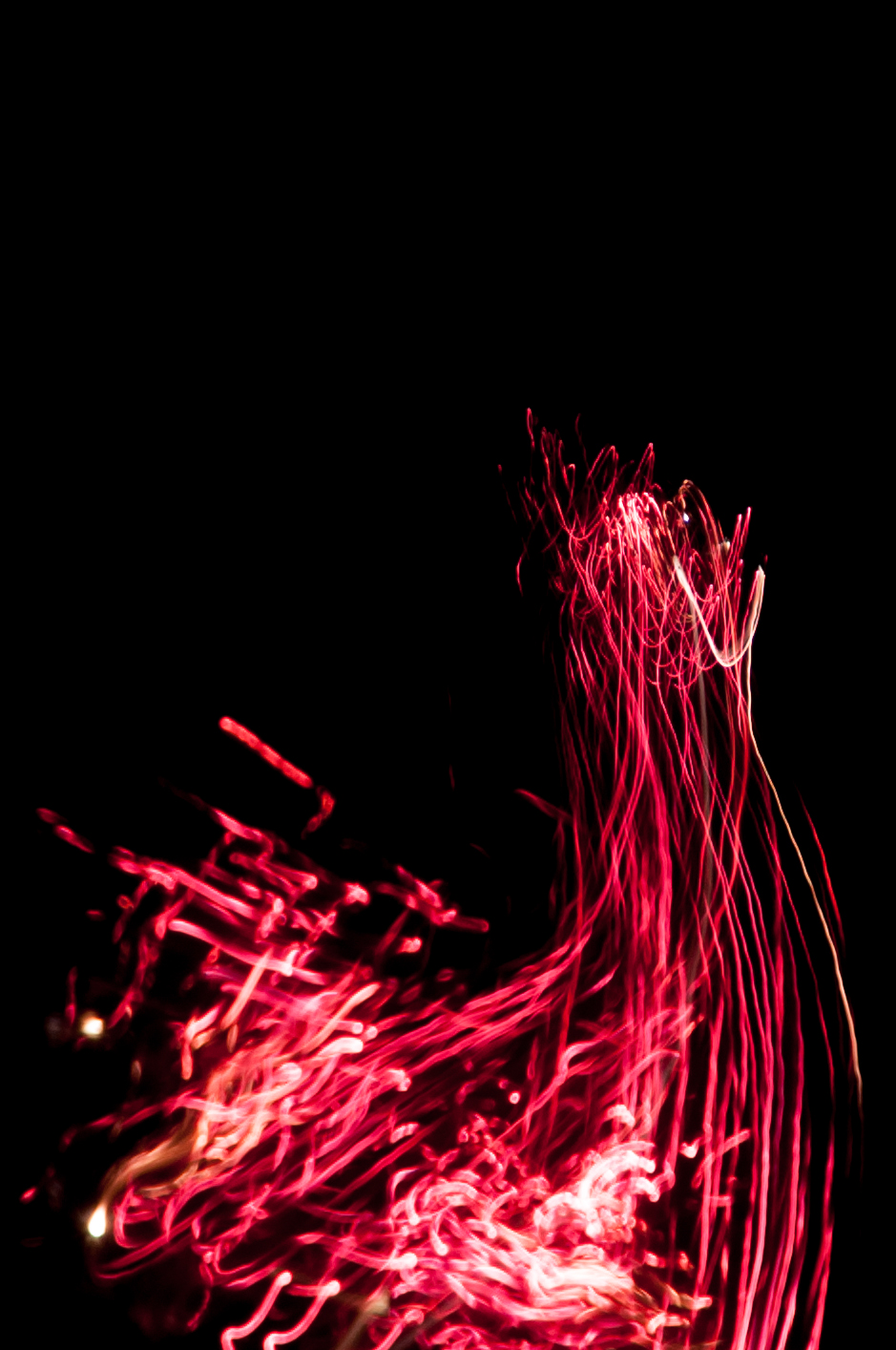"To me, photography is the simultaneous recognition in a fraction of a second of the significance of an event"
Cartier-Bresson, Henri (1908-2004) New England, USA, 1947
"To me, photography is the simultaneous recognition in a fraction of a second of the significance of an event"
Cartier-Bresson, Henri (1908-2004) New England, USA, 1947
Within the field of Cultural Anthropology, the sub-discipline of visual anthropology relies on the work of the ethno-photographer’s fieldwork to collect visual data. Though many notable modern photographers can be considered to be ethno-photographers, there are no specific styles or accepted methods in the field. While the history of ethno-photography is rooted in the French museum system of the 19th century, there have been questions about the anthropological value of the images captured in that time period. The history of ethno-photography must be examined from a post-positivist mentality, and the connections to colonization must be recognized in order to rectify any lack of objectivity in the image. To interpret ethno-photographs, the viewer must recognise that they must be interpreted not only with the aesthetic features within the image, but also with the shared collective narrative framework of the photographer and his culture. By examining ethno-photographs, the viewer has the ability to gain knowledge about other cultures, but the bias of the ethno-photographer must be examined as well to properly interpret the data.
Cultural Anthropology is an area of study that aims to “provide a rounded view of the knowledge, customs, and institutions of a people”. (Barfield) The main areas of study include politics, law, social structure, magic, art, religion and technology. In their exploration, a cultural anthropologist can get a sense of what the culture is all about. Due to the scope of its inquiry, there are many different methods of study to compile the data. Actual fieldwork is referred to as Ethnography. This type of study involves living amongst the culture of study and recording data. This data can detail law decisions, religious attitudes, technological use and financial information on a large scale. It can also examine spiritual expressions, political beliefs, artistic pursuits and interpersonal as well as inter cultural relationships within a sub-group of a culture.
Visual Anthropology utilizes photographs, film and new media in the “analysis, communication and interpretation” (Anthropology: The Global Study of Humans, Past & Present) of ethnographic data. Modern visual anthropologists do not necessarily collect the data themselves; many only analyze data that they come across, particularly if they are working in new media. The Visual Anthropologists working in the field collecting their own data have been recently referred to as ethno-filmmakers or ethno-photographers. The term Ethno-photographer is not limited to practicing visual anthropologists in the field. In recent years photographers such as Diane Arbus, Nan Golden and Weegee have been regarded as ethno-photographers in their own right. There is no established style of ethno-photography. Often it resembles snapshot or documentary photography, as it is very spontaneous in nature. Visual Anthropology “has never been completely incorporated into the mainstream of anthropology” (Ruby) and because of that, it exists somewhat on the fringe of the greater cultural anthropology. There is an attitude within the field that photographs, film and new media are useful only as teaching aids. The concept of the late 20th century’s “centrality of the mass media” (Ruby) has not been accepted by the anthropological establishment as a factor in cultural identity. This tarnish on the credibility of the field of Visual Anthropology is not new; the field has suffered from skepticism since its inception at the dawn of photography.
In 1839 Louis Daguerre was granted the patent for his photographic process by the French government. He had introduced his Daguerreotype process at a meeting of the French Academy of Sciences in January of that same year. The chemist’s concept immediately captured the imagination of his colleagues, as the scientific applications of the daguerreotype represented a leap in their ability to collect data and verify proof. The Museum d’Historie Naturelle de (The Natural History Museum of) Paris was one of the first institutions to purchase a Daguerreotype camera, and the collection grew extensively as the capture device was used to create the first ethnographic images. Over the course of the 19th century, museums amassed thousands of ethnographic images taken by French photographers.
Ernest Robin, born in Le Havre was an amateur photographer who photographed the indigenous Kanak population of New Caledonia in the late 19th century. Though his images were not taken with scientific intentions, they were donated to and preserved by the Societe Geographie de(Geographic Society of) Paris . The collection resides today in the Bilioteque Nationale de (National Library of) France. Unlike many other ethno-photographers of his day Robin’s work did not centre on images of the physical characteristics of a different race of people, but of images of a different way of life. New Caledonia had only been colonized in 1853 by France, and subsequently construction of the settlement was still underway when Robin was photographing there. He photographed the landscape and the villages, as well as the Kanak people working and at their leisure. His images also include the French colonizers at work alongside the locals. When images like Robin’s were added to Museum catalogues, the curators found themselves now not just in a position to exhibit scenes from primitive cultures, but also to educate the French people about these peoples. Not only did the photographs educate the French public, but by highlighting the other population, the French could assure support for continued colonial action within their own nation, and define their own nationality in comparison with the indigenous people. This early use of images as propaganda is fascinating when the role that positivism played in early ethno-graphic images.
ethno-photographs exhibited in French museums as being scientifically respected images, even if they were not collected in a scientific manner. Modern ethno-photography methods are similar to those of documentary photography in that the photographer is discouraged from interfering with the subject of their images. As positivists, early anthropologists regarded any photograph as truth, because unlike art which was an interpretation of what it represented, photography captured the real.
There has however, always been concern that much of the early ethno-photographs were actually staged. This concept does stand to reason, especially considering the long exposure times required for daguerreotypes and other early capture systems. In late 19th century America, ethno-photographers were employed by the government to photograph settlers carving out lives for themselves in the backcountry, to use for advertisements for further settlement. In addition to photographing the settlers, the ethno-photographers were also contracted to photograph the dwindling Native population whom the settlers were displacing. Many of these ethno-photographs were taken within relocation camps and villages, hardly capturing a traditional Native lifestyle. The images served similar purposes to their early French forbearers, as they created a separation between the manner of portrayal of settlers and natives. The settlers were often portrayed in front of sod or wooden frame homes, showing the hard work the newcomers had done to accomplish their new life. In contrast, many Natives were shown in seated positions, near their tents, or the ramshackle housing set up by the government, which gave the impression of laziness and a lower social standing. Again, ethno-photographs were used to create distinction, and foster national pride at the expense of a colonized native population. The images were easily disseminated to the public both in America and abroad after the discovery of the wet-plate process lead to reproducible images and the new found popularity of post-cards and stereoscopes. Nevertheless, these government sponsored images have withstood the test of time, and are often used by filmmakers for research, and by modern Native Americans looking to reconnect with their past.
This leads to the dilemma of reconciling the scientific validity of images with the limitations of technology and political motivations of the photographer. In interpreting a photograph, a viewer must balance two important frames of reference. The first is Visual Genres; how the photographer used aesthetics to convey the subject of the image. The second is Visual Allegories; how the subject of the image symbolizes collectively shared narrative frameworks. (Willmott) A visual anthropologist or casual viewer of ethno-photography must therefore bear the bias of the ethno-photographer in mind when analyzing the captured data.
Cultural Anthropology seeks to understand the identity of a culture though examination of its ways and means. Though it exists on the outskirts of Anthropological circles, Visual Anthropology has always been an important tool in education, however its value as a stand-alone discipline has been jeopardized by post-positivist scepticism of its ability to show the real. The scientific validity of early ethno-photographs has been called into question as the methods and biases of ethno-photographers in the field are somewhat suspect. Though the images provide valuable insight to the lives of people living in different cultures, it is important for the viewer to be aware of the ethno-photographer’s personal and professional bias, as well as that of the culture they represent.
Works Cited
Ruby, Jay. Visual Anthropology. In Encyclopaedia of Cultural Anthropology, David Levinson and Melvin Ember, editors. New York: Henry Holt and Company vol. 4: 1345 – 1351
Barfield, Thomas. The Dictionary of Anthropology. Cambridge: Mass Blackwell Publishers , 2000. NetLibrary. Web. December 8 2009.
Anthropology: The global study of Humans, Past & Present”. Bellevuecollege. Bellvue College. Dec 3 2009. Web. December 8 2009.
Ethnographers. Photoethnography. Photoethnography. July 31 2005.Web. December 9 2009.
Positivism and Post-Positivism. Socialresearchmethods. Research Methods Knowledge Base. October 20 2006. Web. Dec 4 2009.
“Photographs open doors into the past, but they also allow a look into the future.” - Sally Mann
Mann, Sally 1984-1991
Photo Restoration in process!
Once upon a time, there were two men who lived on either side of a vast country. They both lived near the ocean and came from large, close families.
Francis was an Irish Catholic farmer. He worked the same land in New Brunswick that his family had for generations and married a beautiful young woman of a different faith. At times a Log Driver, Horse Trainer, Long Distance trucker, he remained a faithful and dedicated family man all his years.
Genzo was a Japanese Buddhist Fisherman. He was the first generation in his family born in Canada and their boats were part of Vancouver's Nikkei Fleet. Racism and War robbed their family of the beginning they had built in their new home, but he built a new life with a young Austrian woman who had also had a difficult war.
Two men, born with a continent between them. They couldn't have been more different and yet their dedication, endurance and love for their families united them as much as the marriage between their children.
This father's day, I salute these two men who's choices lead to my life. I thank them and miss them with every breath.


